I wanted to share something that is unique to my friend circle and, generally, anyone I talk to here in America: My 8-year-old daughter does our grocery shopping.
Alone.
Without a parent nearby.
With my credit card.
I pull up to the curb, open the car door, and she hops out with my credit card and paper shopping list. Generally, 20-30 minutes later, she comes out unharmed and beaming with pride at her accomplishment.
In the modern-day parenting culture, where our kids' success (and our value as a parent) is often measured by the accumulation of awards, clubs, competitions, and school certificates, this simple act of independence is something I am far more proud of—but often confusing for parents I talk to that it’s even possible.
So let’s back up and see how we got here (and how you can too!).
Years ago, I read The Coddling of the American Mind by Greg Lukianoff and Jonathan Haidt. Transformational book. A review for another day. In short, the book helps unpack why we need to give our kids more freedom. More independence. And generally, how to unwire our brains as parents that the world is a big and scary place.
This book gave me the confidence to allow my kids to go to our neighborhood park unsupervised. But it’s comical to think I even had an issue with this in the first place. As a child of the '80s and '90s, I spent most of my free time without a parent 20 feet away, half watching me on their cell phone but ready to interject themselves at the sign of any conflict or injury. I left the house in the morning and didn’t come back until dark (and sometimes after dark). Many things have changed over the last 20+ years, and modern parenting is more about chaperoning, driving, watching, and “helping” our kids through life. All the while, by every measurable statistic, the world is a safer place for everyone involved.
Back to the park.
We lived in a gated community, and the park is two minutes away by foot (maximum). Everyone knows everyone. So, after reading this book, it was bonkers to me that every time the kids wanted to go out to the park, I felt the urge to join them.
So one day, when the girls asked to go to the park, I just said, “Yes, go.” At first, they didn’t understand. “What do you mean?” was their first response. The idea that I was not going to come with them took a minute to process. But inside this yes was a deeper message: “Yes, go, but without me, by yourself, because I trust you.” Tentatively, they left the house, and it wasn’t long before the decision to go to the park (or a friend’s house) was theirs, anytime, no parent required. The only rule was to let us know when they left and where they were going to be.
This was a small but significant win for me as a parent. It may seem a little silly in hindsight, but we see it every day: Parents are attached to their kids when it’s time to play outside. I was no different – despite 18 years of first-hand evidence parentless play turns out just fine.
Last year, my daughter (who was 7 at the time) asked, “Dad, can I do the grocery shopping by myself?”
I remember my immediate urge to say “no,” driven by some impulse still anchored in the protective conditioning of modern parenting norms. But then, I thought about it and realized this was a huge opportunity to help her grow (and continue to help me let go).
I responded, “Sure,” and she lit up with pure joy.
Over the next few weeks, we practiced all the steps required for shopping independently each time we went to Trader Joe’s (the perfect sized store for a kid to navigate, with kid-sized mini grocery carts).
First, she’d take the list, and with me shadowing, I’d walk a few paces behind her as a lifeline when she didn’t know how to find something or couldn’t reach an item high on the shelves.
Then I stopped shadowing and simply stood at the front, watching her navigate the isles and meeting her at the cashier for checkout.
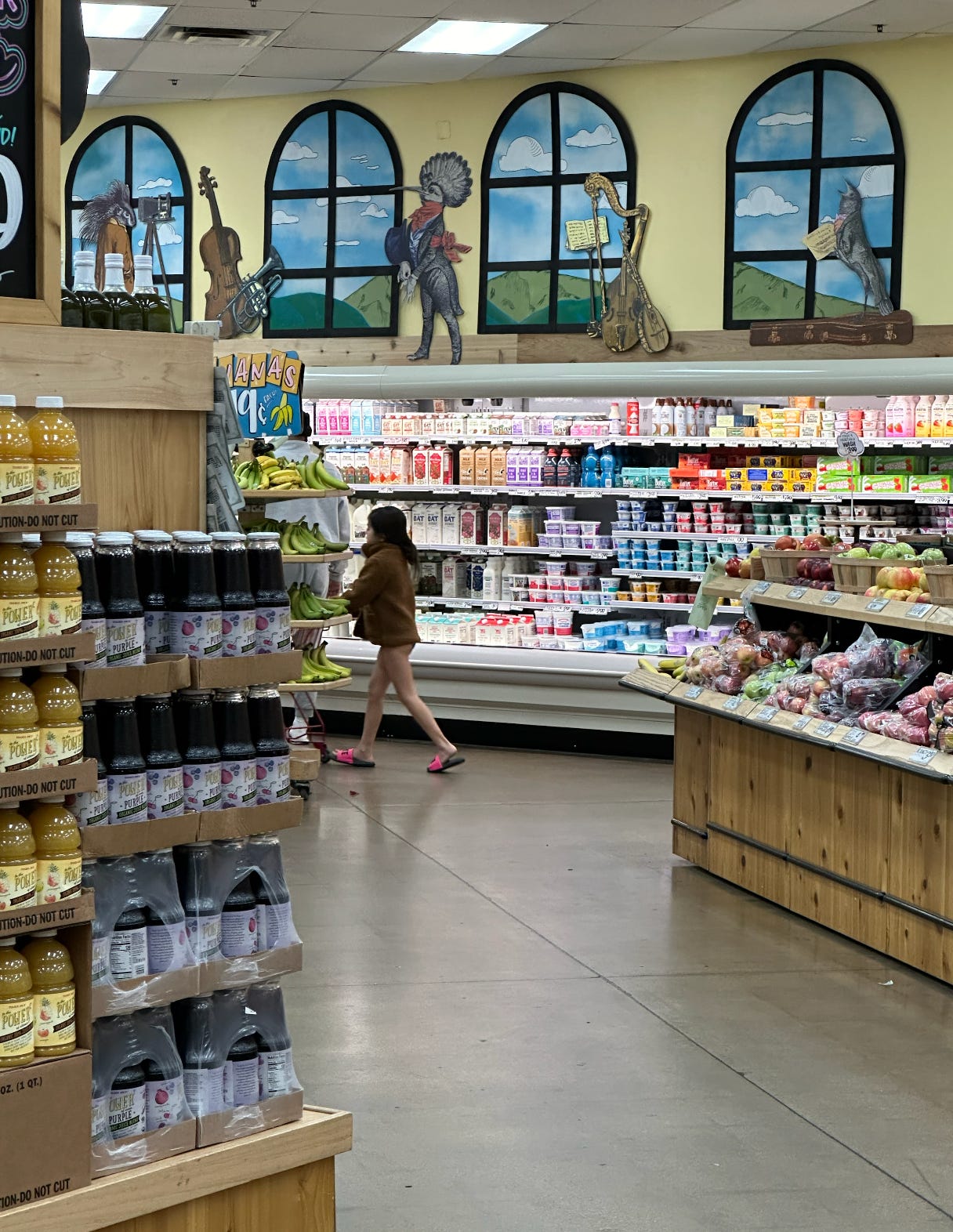
Finally, with a credit card in her pocket, she did her final run-through as I stood outside (occasionally peeking in to see how adorable it was to see a small second grader asking adults to help grab items she couldn’t reach).
We practiced what to say if anyone stopped her and asked where her parents were (“Outside waiting for me, I’m learning how to grocery shop on my own”). This was a tip from other pro-independence parents, knowing sometimes the sight of a kid alone leads to the immediate assumption that something is wrong (a very American point of view).
I will never forget the first time she shopped 100% without my involvement, hovering, or “guidance.” With an overflowing basket of items, she walked out, receipt in hand, and beaming with pride and confidence.
But here’s what I know to be true: My daughter’s confidence to even propose the idea was built from our previous decisions as parents to allow her to go out, explore, and try things on her own. This independence built a foundation of self-confidence that she could figure things out without our involvement. Which, in hindsight, was only possible from my decision to step away and drop the standard mold of parenting to shape, guide, and suggest or solve their problems (something I admit is hard to do).
So, while I usually like to write about business, books, and my personal growth journey, I wanted to share this story as a reminder to any parents on this list that the best way we can help our kids grow is by getting out of the way and letting them figure it out themselves.
This is what growing up is all about, and seeing my daughter light up every time I mention we are going to the grocery store—a mundane task we often think nothing about—encourages me to find new ways to fan that flame of independence.
Good luck!
This article was originally published at Substack. Republished with permission from the author.

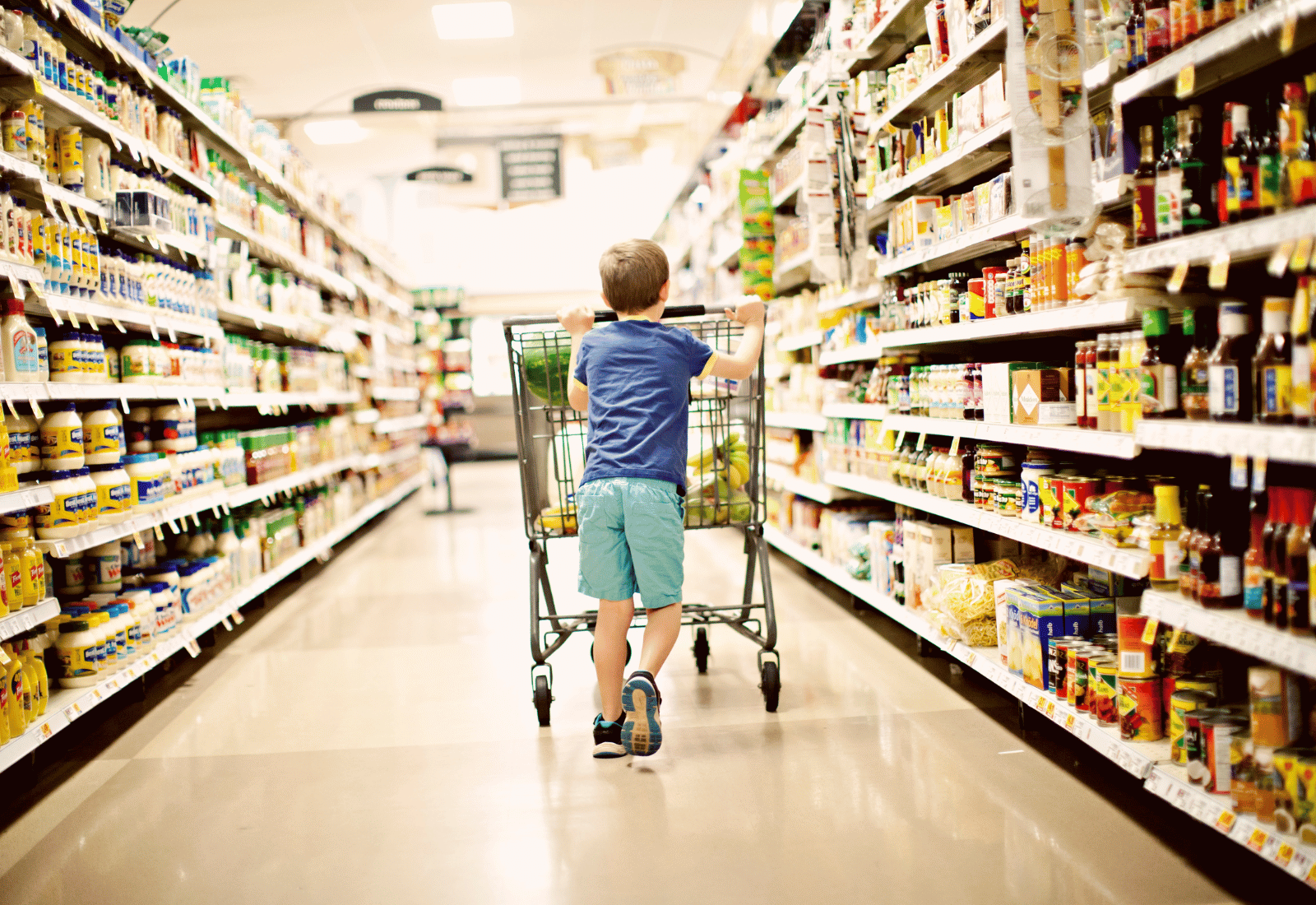

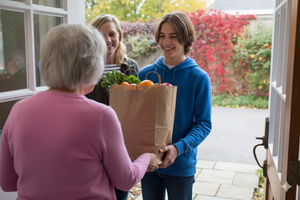
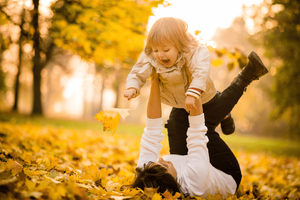




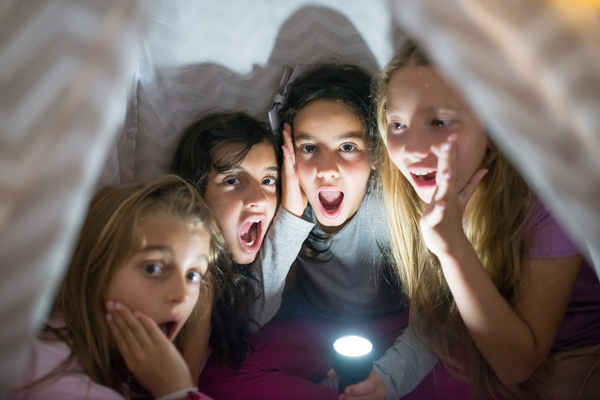
Member discussion